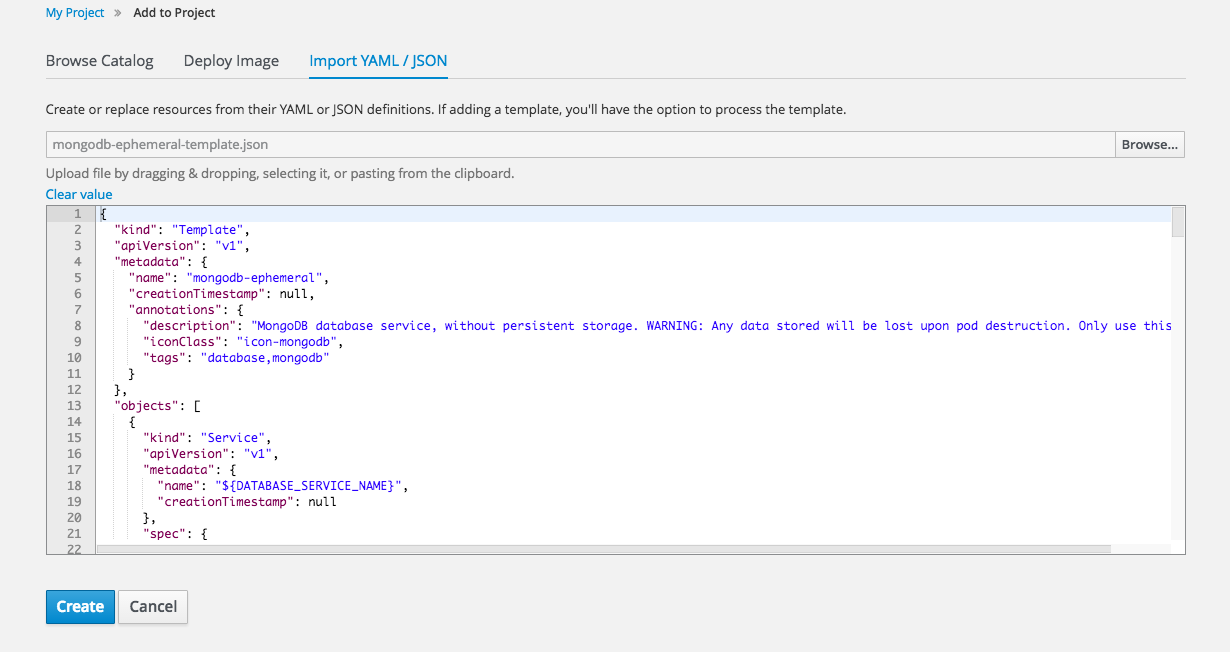
- GOLANG JSON COMPARE HOW TO
- GOLANG JSON COMPARE UPDATE
- GOLANG JSON COMPARE PATCH
- GOLANG JSON COMPARE SERIES
Some data types, such as arrays, can be deeply unequal and equivalent at the same time. The output is similar to the following: [ Patch, err := jsondiff.Compare(pod, newPod)ī, err := json.MarshalIndent(patch, "", " ") Note that when the Compare or CompareOpts functions are used, the source and target parameters are first marshaled using the encoding/json package in order to obtain their final JSON representation, prior to comparing them.
GOLANG JSON COMPARE PATCH
Medium = corev1.StorageMediumDefaultįinally, generate the patch that represents the changes relative to the original value. Switch storage medium from memory to default.
GOLANG JSON COMPARE UPDATE
Update the image of the webserver container. Here we modify the image and the storage medium used by the pod's volume shared-data. Compare Go JSON Not all JSON tools cover the same features which make it difficult to select a set of tools for a project. Secondly, make some changes to the pod spec. Alternatively, if you don't require to keep the original value, you can marshal it to JSON using json.Marshal to store a pre-encoded copy of the document, and mutate the value. The corev1.Pod type defines a DeepCopy method, which is handy, but for other types, a shallow copy is discouraged, instead use a specific library, such as ulule/deepcopier. The first step is to copy the original pod value. Thereby, instead of generating the operations, just copy the source in order to apply the required changes and delegate the patch generation to the library.įor example, given the following corev1.Pod value that represents a Kubernetes demo pod containing a single container: import corev1 "k8s.io/api/core/v1" A concrete application of that would be to generate the patch returned by a Kubernetes dynamic admission controller to mutate a resource. The JSON patch can then be used in the response payload of you Kubernetes webhook. The typical use case within an application is to compare two values of the same type that represents the source and desired target of a JSON document. Example use cases Kubernetes Dynamic Admission Controller :warning: Requires Go1.14+, due to the usage of the package hash/maphash.
GOLANG JSON COMPARE SERIES
In the following image, the black letters are the longest common subsequence, the red letters only occur in the first sequence, and the green letters only occur in the second sequence.Jsondiff is a Go package for computing the diff between two JSON documents as a series of RFC6902 (JSON Patch) operations, which is particularly suitable to create the patch response of a Kubernetes Mutating Webhook for example.įirst, get the latest version of the library using the following command: $ go get /wI2L/ Once you have the longest common subsequences, you can derive the changes (inserts, updates, and deletions) from that. So (ABD) and (ACD) are their longest common subsequences.

They have 5 length-2 common subsequences: (AB), (AC), (AD), (BD), and (CD) 2 length-3 common subsequences: (ABD) and (ACD) and no longer common subsequences. From Wikipedia:įor example, consider the sequences (ABCD) and (ACBAD).
GOLANG JSON COMPARE HOW TO
This algorithm finds the longest subsequence that is common to two provided subsequences. JSON is used as the de-facto standard for data serialization, and by the end of this post, you’ll get familiar with how to marshal (encode) and unmarshal (decode) JSON in Go Unmarshaling Raw JSON Data The Unmarshal function provided by Go’s JSON standard library lets us parse raw JSON data in the form of byte variables. Detection of inserted and removed items can be achieved using an algorithm called the longest common subsequence (LCS). The algorithm would simply report all array items as changed, starting from the place where an item is removed or inserted. I have to compare two json files and generate a resultant file removing the common. However, this approach cannot deal with the case when an array item is inserted or removed. Please go through this post it will help you. A naive approach will simply compare the array items one by one. When a property contains a nested object, the function will recursively compare these child objects.Ĭomparing two arrays requires some more work. When both sides are an object, the algorithm will collect the unique keys of both objects, and then iterate over those, checking whether the left and right property have the same value.


The function checks the type left and right document.

The algorithm to compare two JSON documents works as follows.


 0 kommentar(er)
0 kommentar(er)
